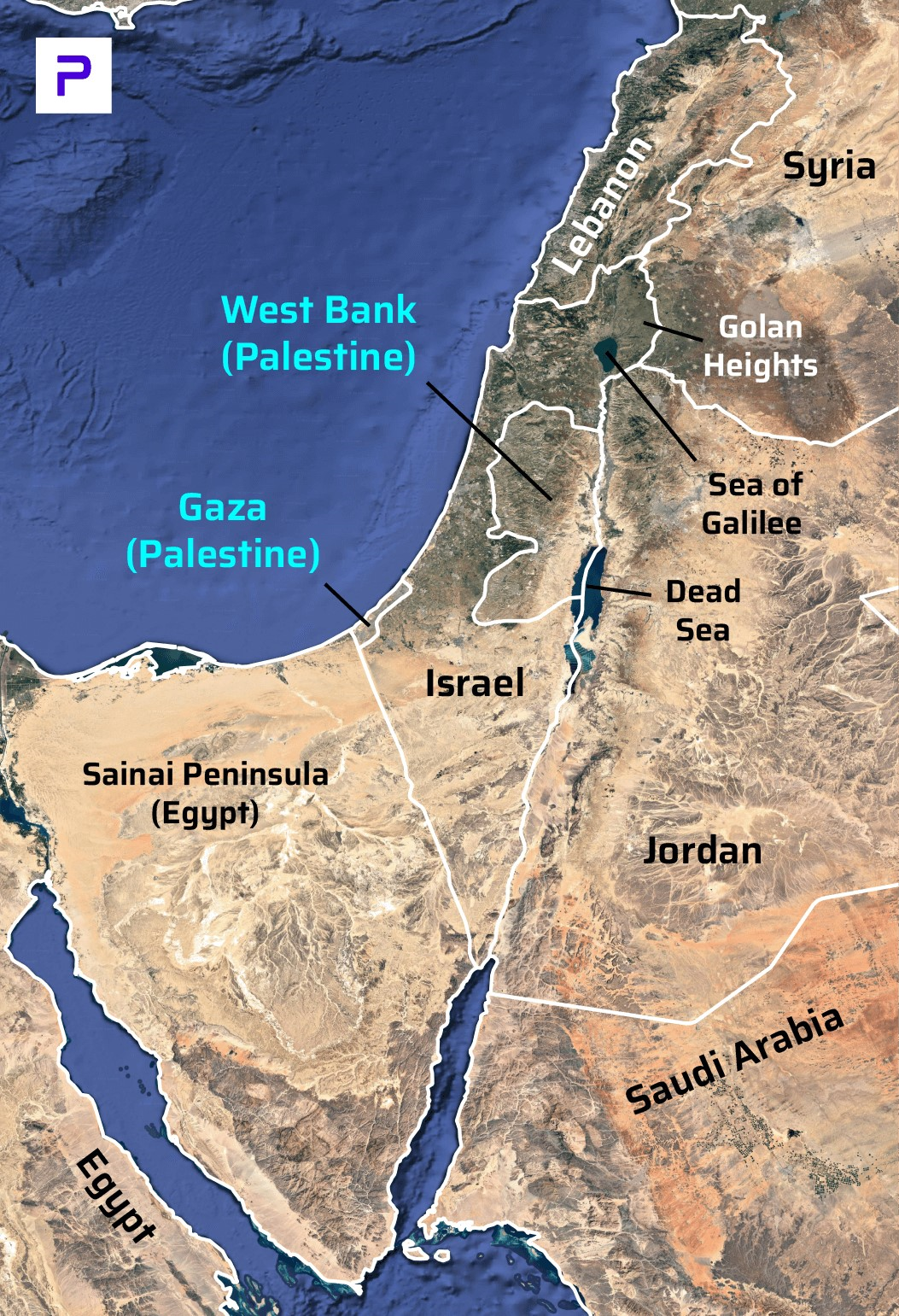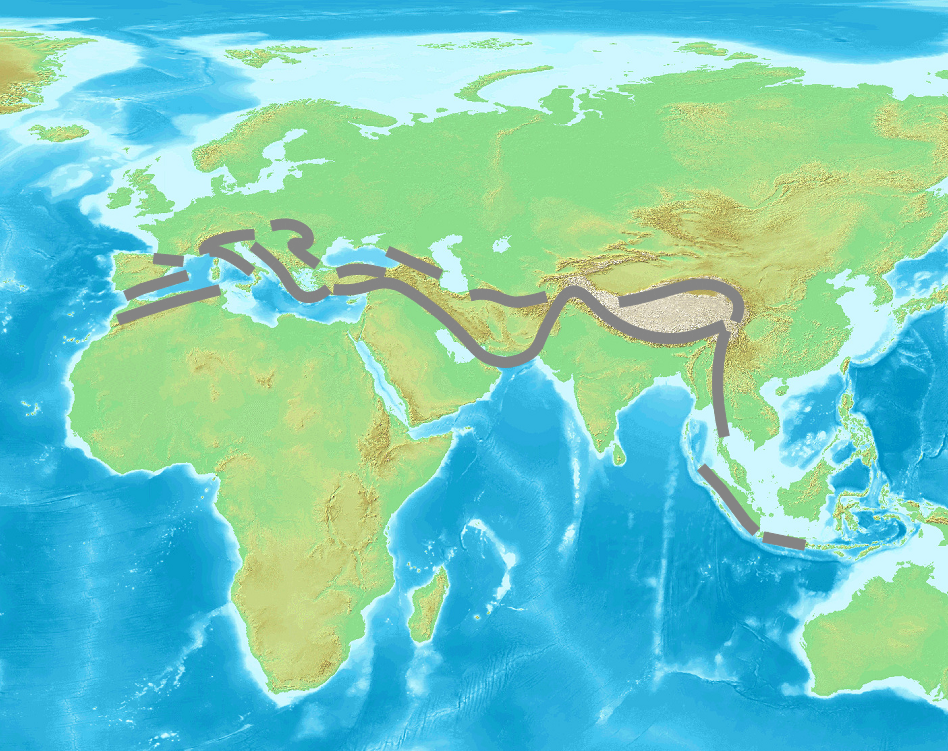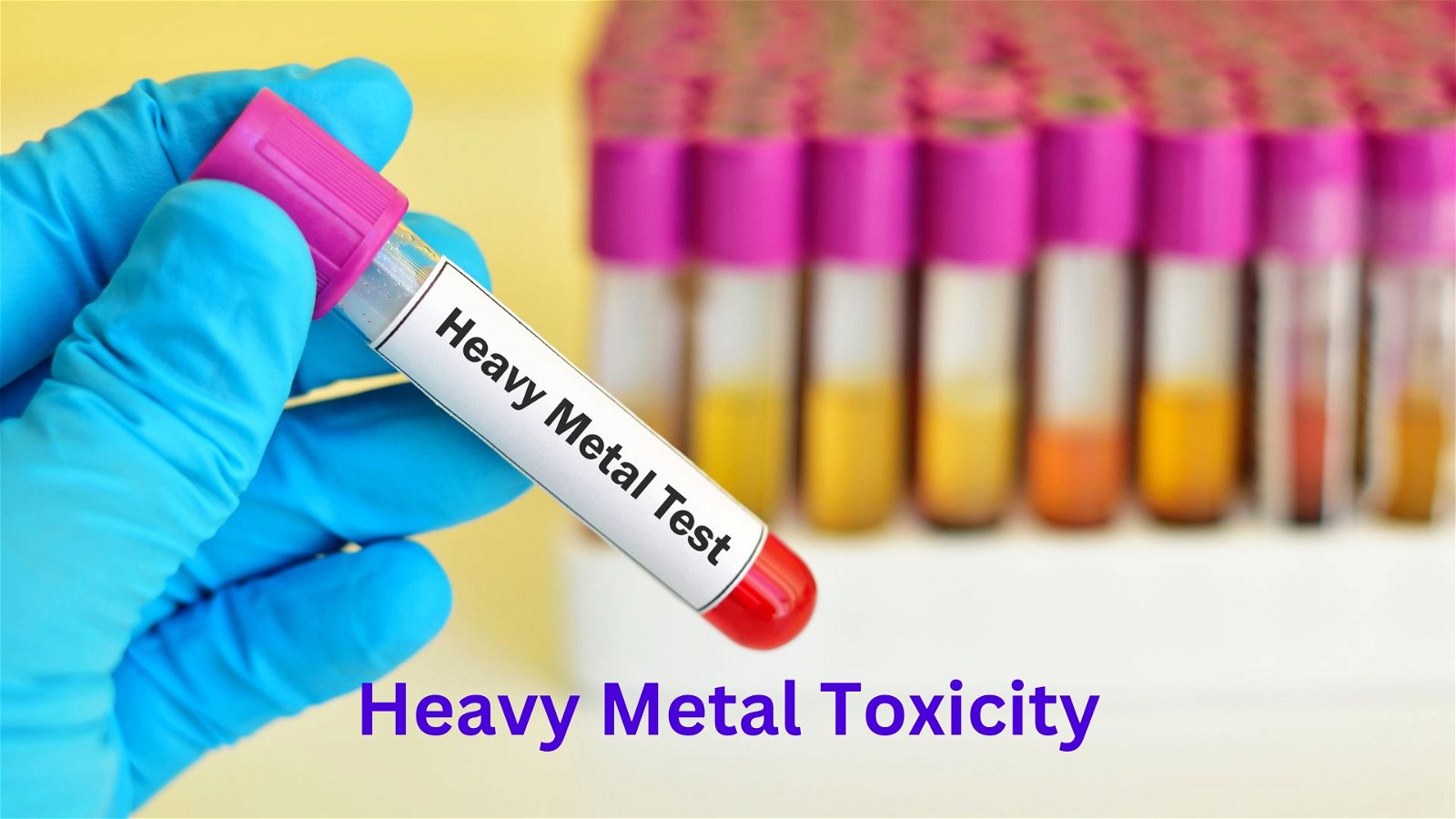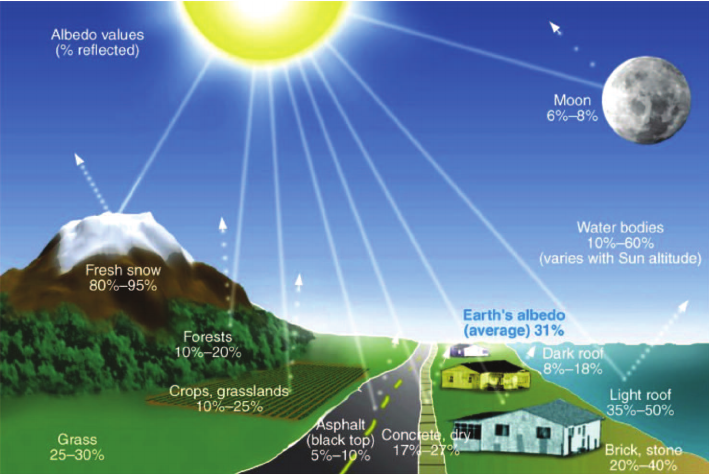
New Royalty Rates for Three Critical Minerals
Subscribe to Never Miss an Important Update! Assured Discounts on New Products!
Must Join PMF IAS Telegram Channel & PMF IAS History Telegram Channel
- Context (PIB | IE): Cabinet has amended the Mines and Minerals (Development and Regulation) Act, 1957 (MMDR Act 1957) to specify royalty in rates of three critical minerals, namely, Lithium, Niobium, and Rare Earth Elements (REEs).
- Recently through another amendment of MMDR Act 1957, GOI has removed six critical minerals, including lithium and niobium, from the country’s atomic minerals lists to allow private players to mine them.
|
- These changes to the rules build on an earlier move to ease the issuing of mining leases and composite licences for 24 critical minerals.
Critical Minerals
- Critical minerals are essential for economic development and national security.
- The lack of availability of these minerals or the concentration of extraction or processing in a few geographical locations can lead to “supply chain vulnerabilities and even disruption of supplies”.
- A mineral is critical when the risk of supply shortage and associated economic impact is (relatively) higher than other raw materials.
Significance of Lower Royalty Rates of Critical Minerals
- The lower royalty rates will attract private players in mining critical metals. They will bring more capital and new technologies; as a result, domestic production of critical minerals will increase.
- India is currently heavily dependent on imports of these minerals. So, the need to increase their production is a high priority.
- Critical minerals are in highly important for India to move towards green transition and e-mobility.
|
India’s Net Import Dependency of Critical Mineral |
||
| Critical Mineral | Percentage Dependency | Major Import Sources (2020) |
| Lithium | 100% | Chile, Russia, China, Ireland, Belgium |
| Cobalt | 100% | China, Belgium, Netherlands, US, Japan |
| Nickel | 100% | Sweden, China, Indonesia, Japan, Philippines |
| Vanadium | 100% | Kuwait, Germany, South Africa, Brazil, Thailand |
| Niobium | 100% | Brazil, Australia, Canada, South Africa, Indonesia |
| Germanium | 100% | China, South Africa, Australia, France, US |
| Rhenium | 100% | Russia, UK, Netherlands, South Africa, China |
| Beryllium | 100% | Russia, UK, Netherlands, South Africa, China |
| Tantalum | 100% | Australia, Indonesia, South Africa, Malaysia, US |
| Strontium | 100% | China, the US, Russia, Estonia, Slovenia |
| Zirconium(zircon) | 80% | Australia, Indonesia, South Africa, Malaysia, US |
| Graphite(natural) | 60% | China, Madagascar, Mozambique, Vietnam, Tanzania |
| Manganese | 50% | South Africa, Gabon, Australia, Brazil, China |
| Chromium | 2.5% | South Africa, Mozambique, Oman, Switzerland, Turkey |
| Silicon | <1% | China, Malaysia, Norway, Bhutan, Netherlands |
Critical Minerals for Which New Royalty Rates are Specified
Lithium
- Lithium is a non-ferrous, soft, silvery-white alkali metal.
- It is also called ‘white gold’ due to its high demand for rechargeable batteries.
Properties
- Under standard conditions, it is the least dense metal and the least dense solid element.
- Like all alkali metals, it is highly reactive and flammable, so it must be stored in vacuum, inert atmosphere, or inert liquid (such as purified kerosene or mineral oil).
- It exhibits a metallic lustre. But it corrodes quickly in the air to a dull silvery grey, then black tarnish.
Occurrence
- It never occurs freely in nature but occurs mainly as pegmatitic minerals.
- Due to its solubility as an ion, it is present in ocean water and commonly obtained from brines (high-concentration salt solution in water).
- Lithium metal is isolated electrolytically from a mixture of lithium chloride and potassium chloride.
|
- Top Producers: 1st Australia > 2nd Chile > 3rd China > 4th Aregentina > 5th Zimbabwe
Uses
- Lithium-ion batteries are used in laptops, mobiles, electric vehicles, wind turbines, solar panels, etc.
- It is used to make alloys with aluminium and magnesium, which are stronger but lighter.
- It is used in nuclear reactions, the ceramics and glass industry, and lubricating greases.
- It is also used for carbon dioxide removal and air purification (esp. in confined areas, such as spacecraft and submarines).
Niobium
- Niobium is a grey metal that looks like steel or, when polished, like platinum.
- Properties: It is soft, ductile, corrosion-resistant, and superconductive (at low temperatures).
- Occurrence: It is primarily obtained from the minerals columbite-tantalite (coltan) and pyrochlore.
- Top Producers of Niobium: 1st Brazil > 2nd Canada > 3rd Rwanda > 4th Nigeria > 5th Mozambique.
- Uses: Nuclear applications, alloys, electronic components, orthopaedic and dental implants, etc.
Rare Earth Elements (REEs)
- REEs are a group of 17 chemical elements that have similar properties.
- They involve 15 Lanthanides group elements, along with Yttrium and Scandium, that show similar physical and chemical properties to the lanthanides.
- REEs are divided into two forms: Heavy (HREEs) and Light (LREEs).
- LREEs are abundant while HREEs are more critical due to their high demand and less availability.
- Among LREEs, Neodymium is the most critical as it is extensively used in all mobile phones, medical equipment and electric vehicles.
- HREEs (like, dysprosium, yttrium and cerium) are critical for clean energy technologies, however, due to their limited supply, they have a small market.
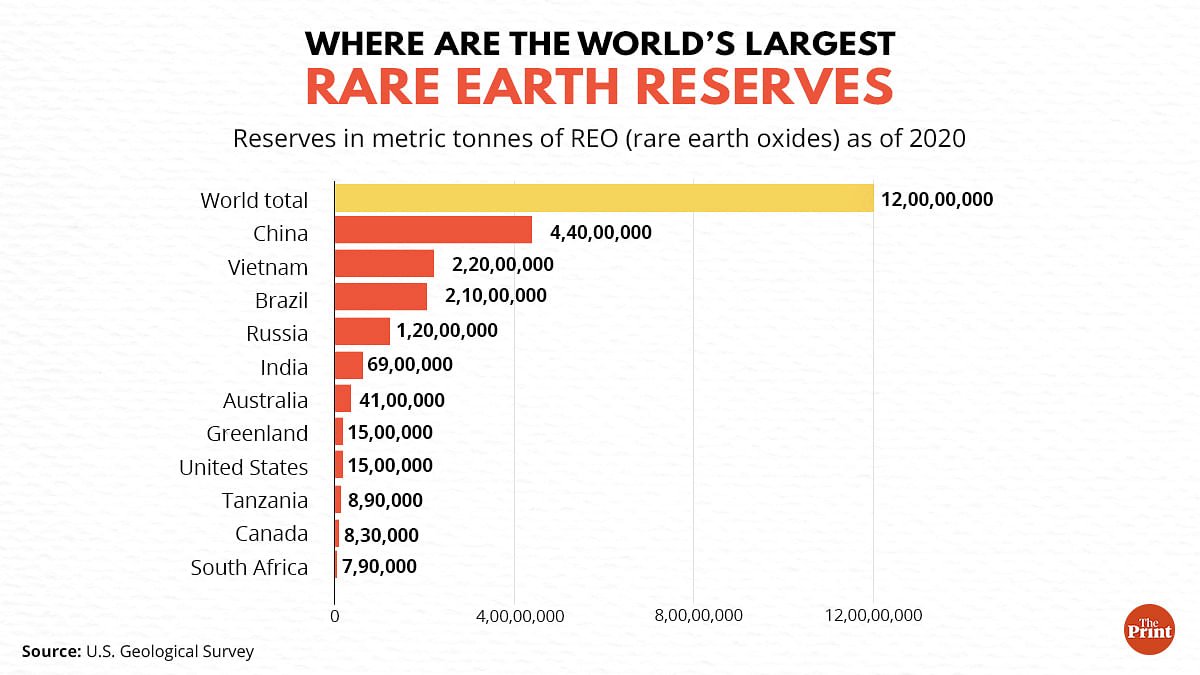






![PMF IAS Environment for UPSC 2022-23 [paperback] PMF IAS [Nov 30, 2021]…](https://pmfias.b-cdn.net/wp-content/uploads/2024/04/pmfiasenvironmentforupsc2022-23paperbackpmfiasnov302021.jpg)
